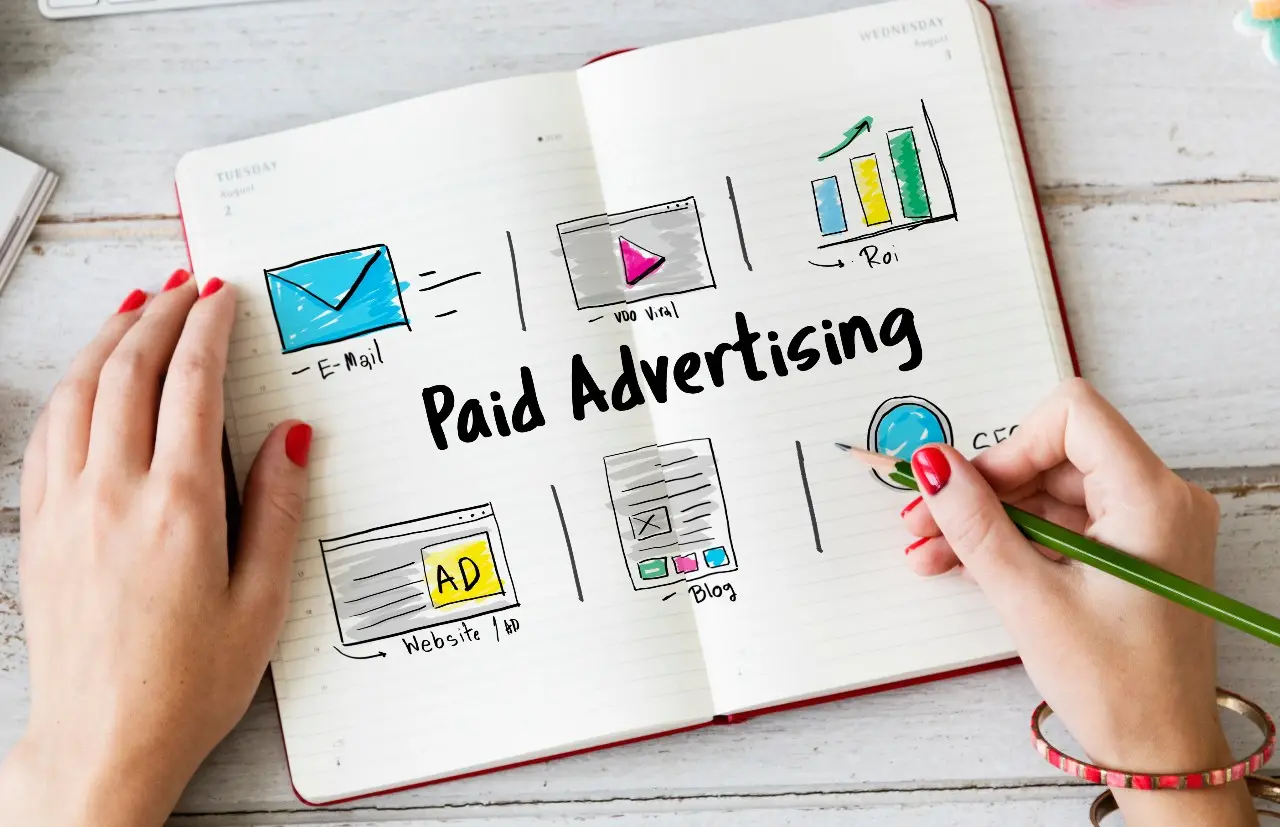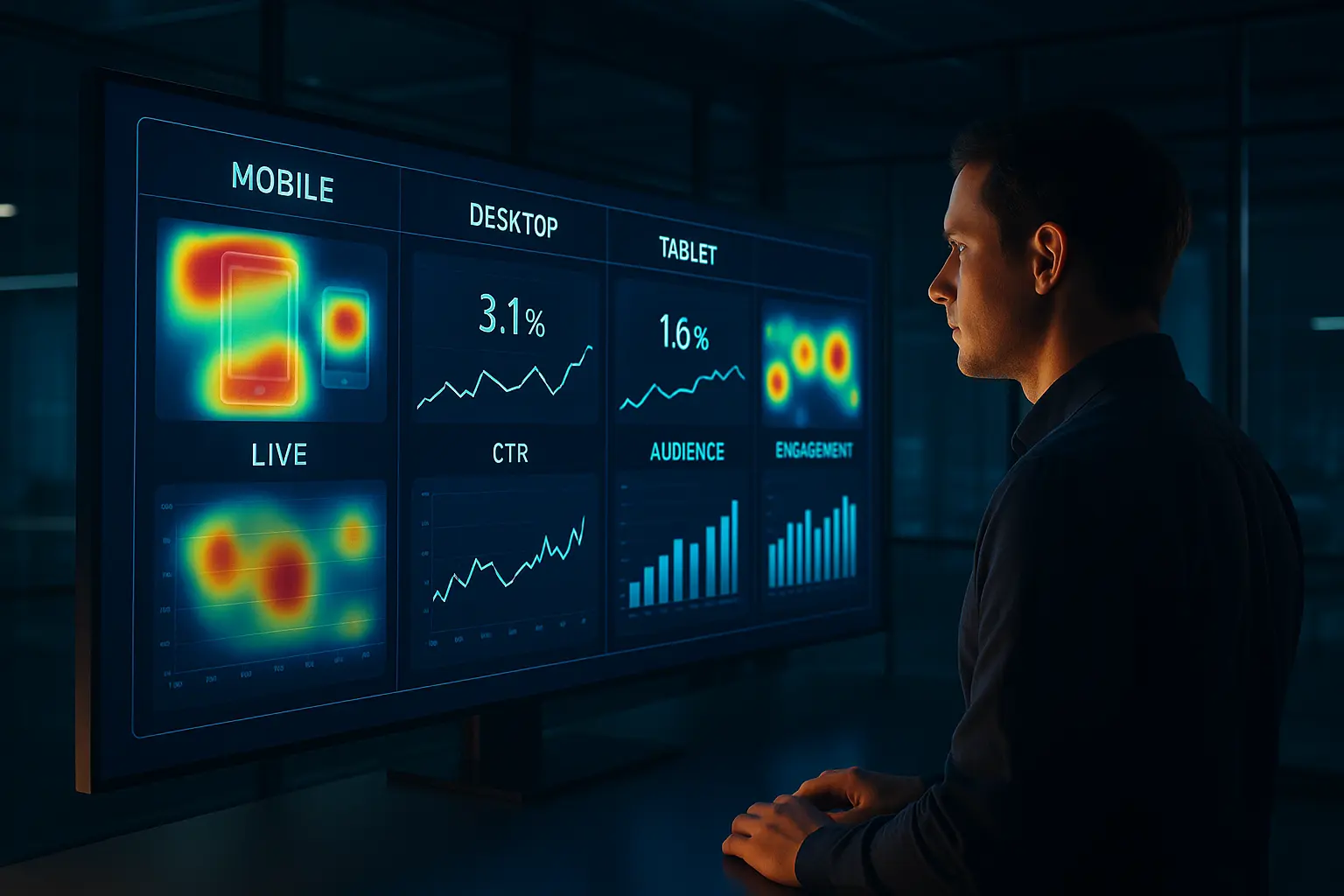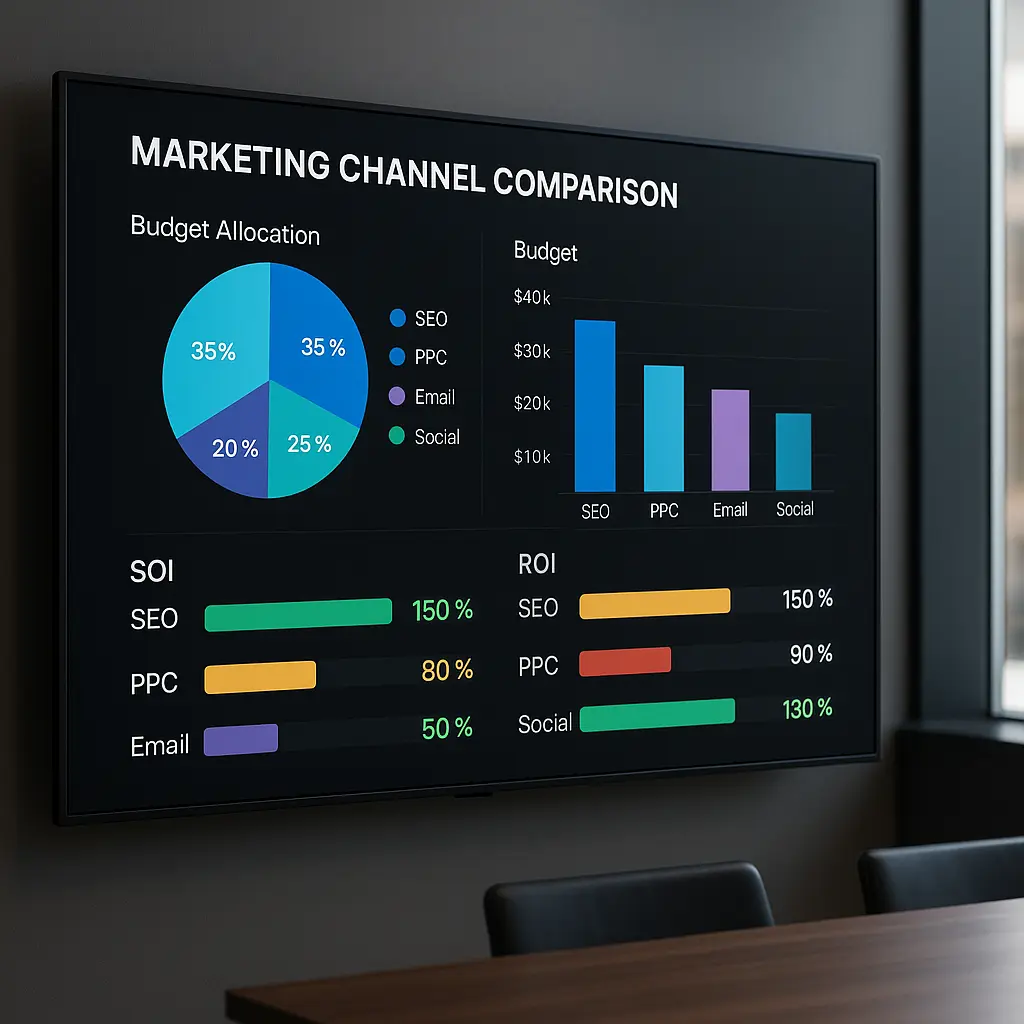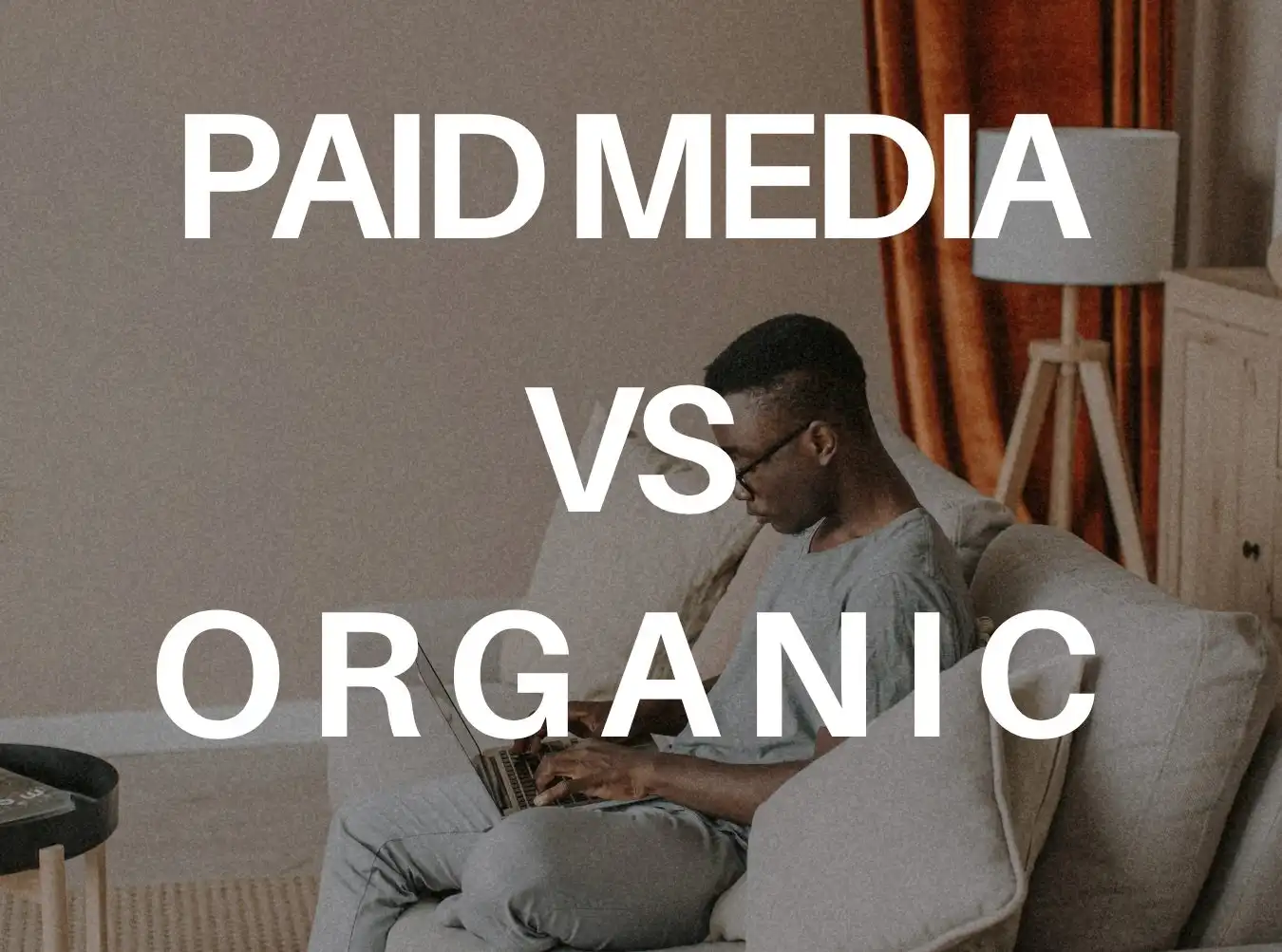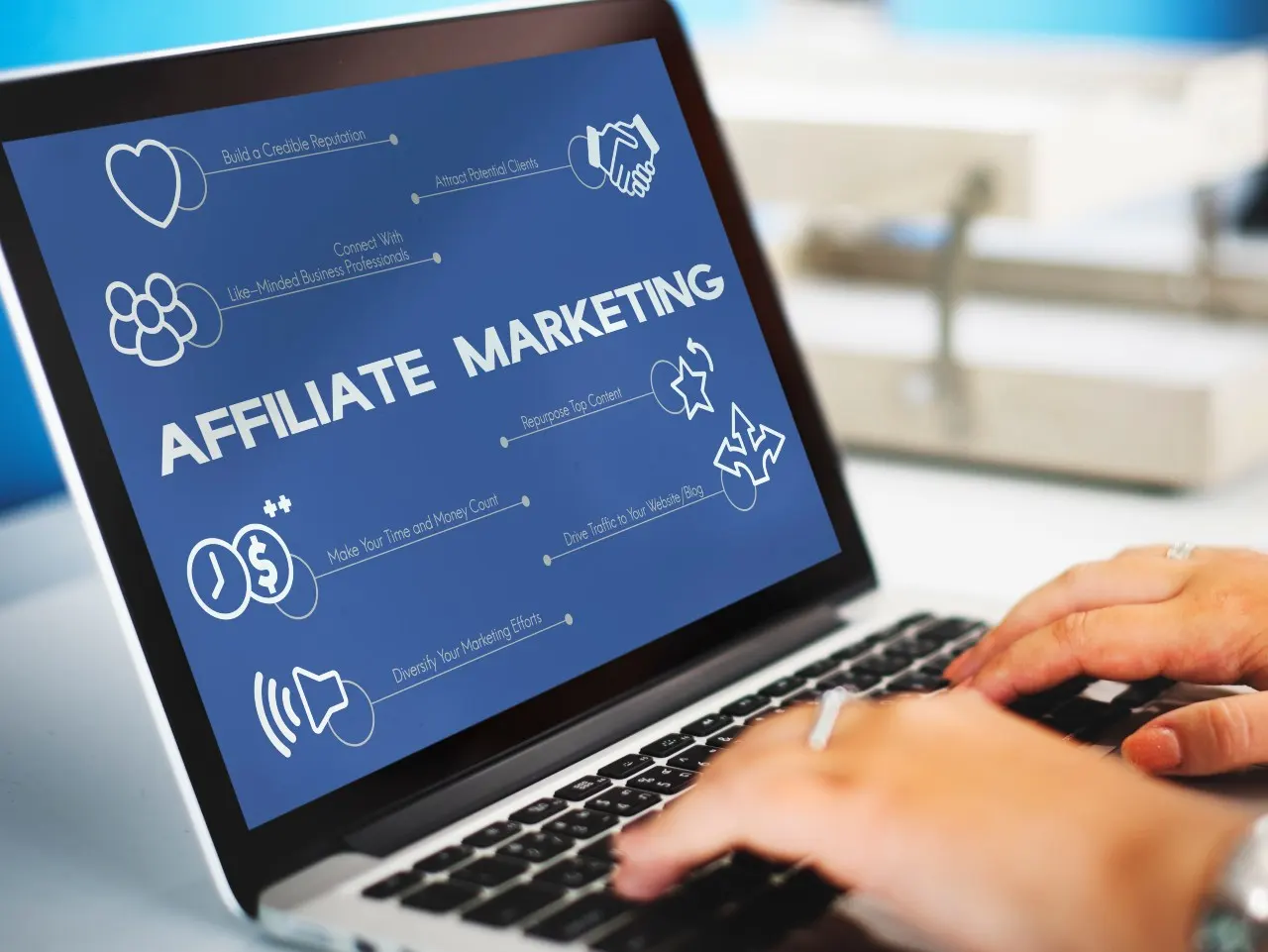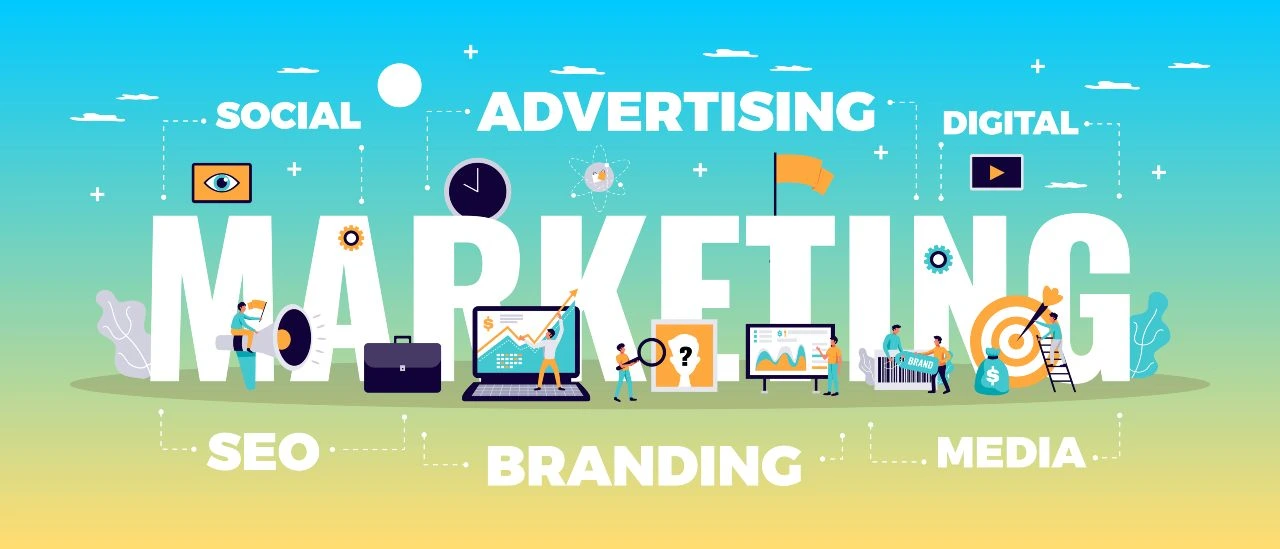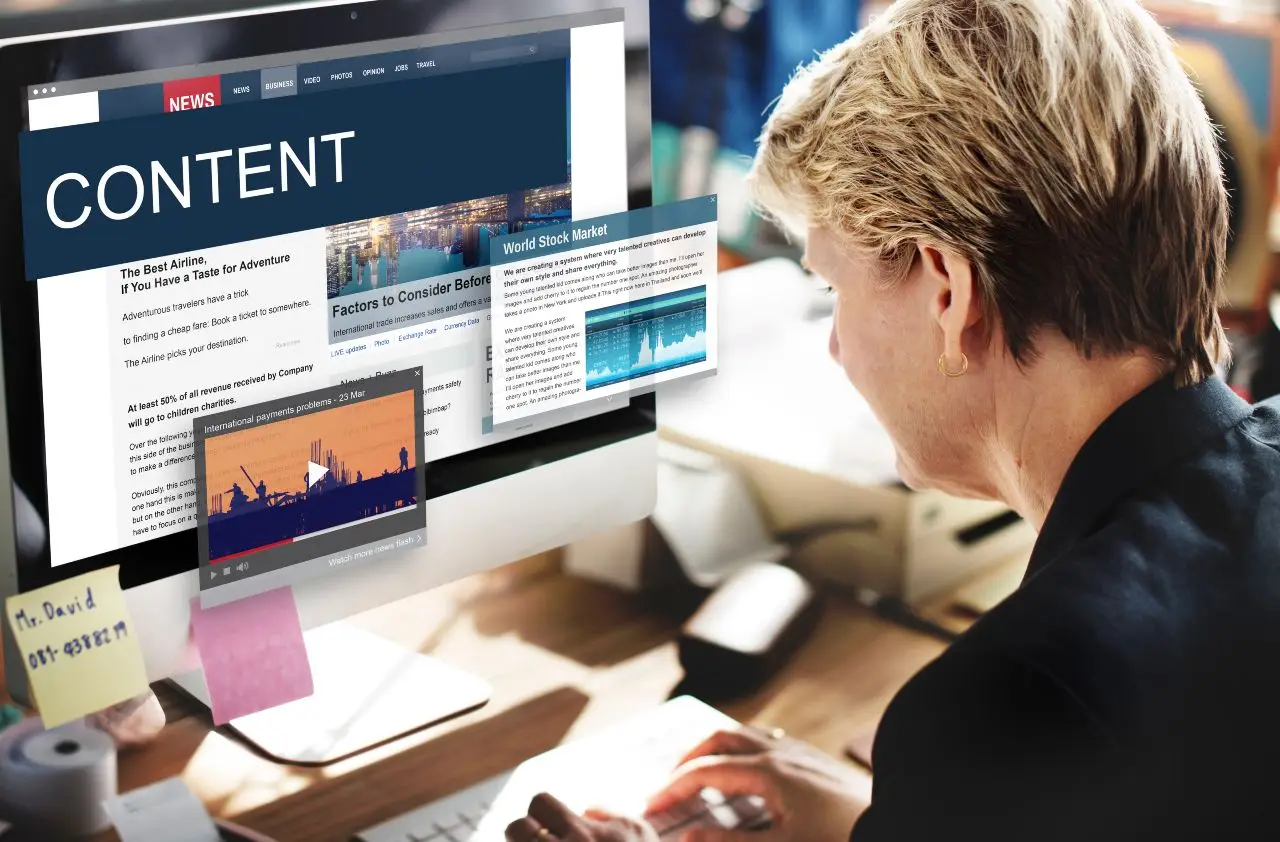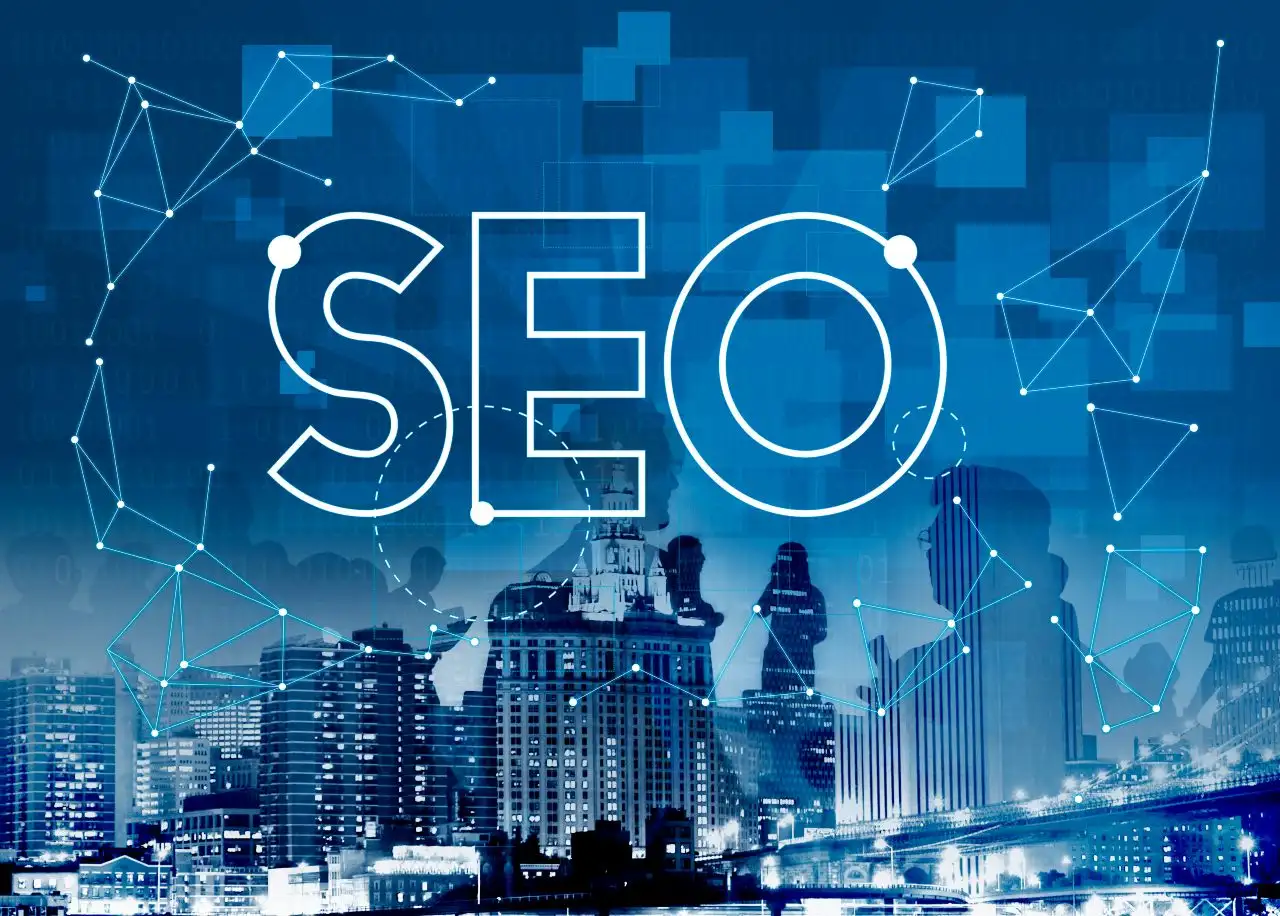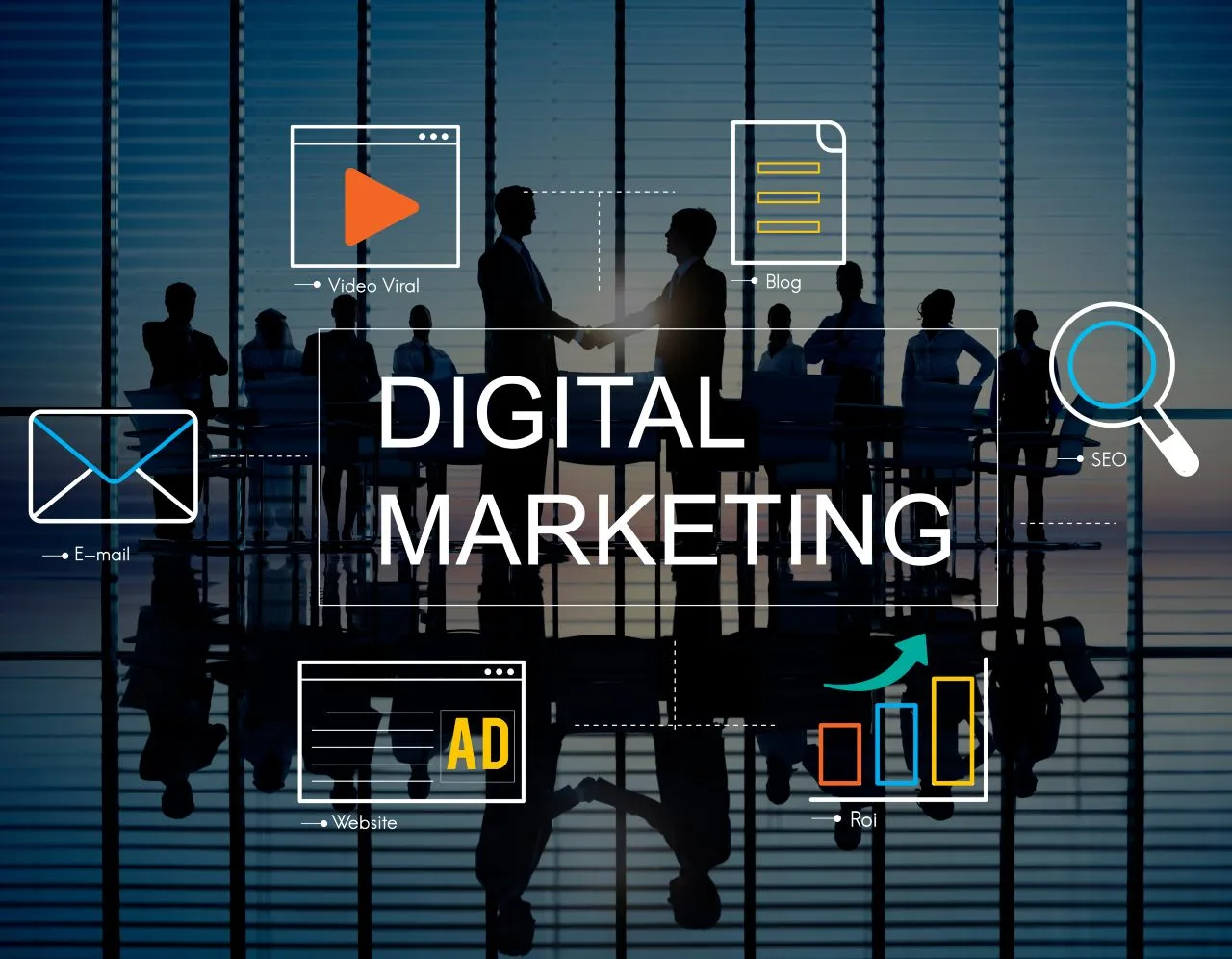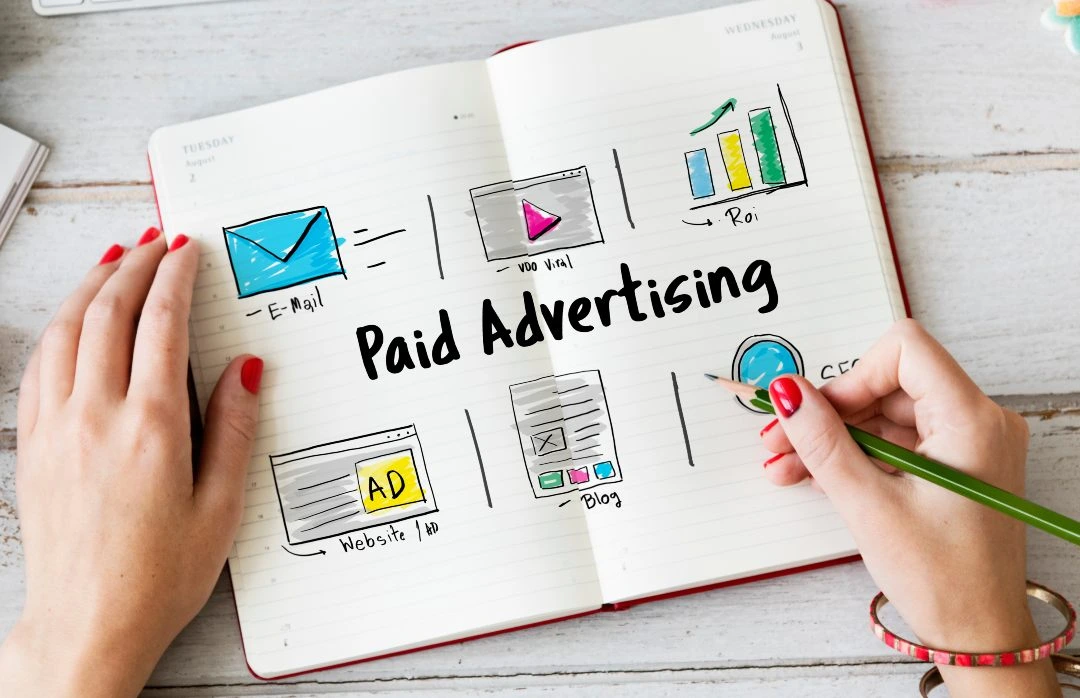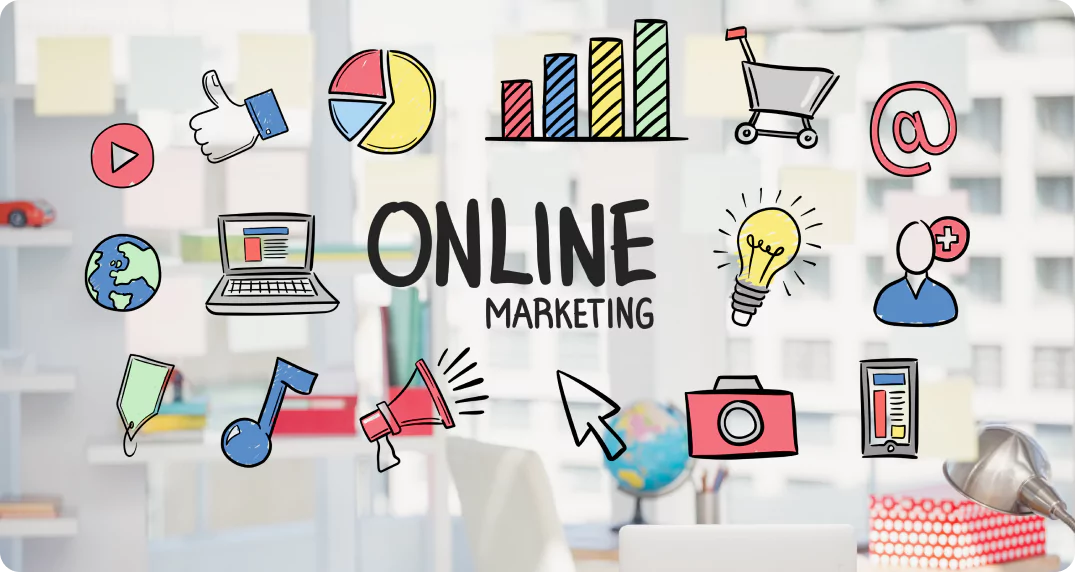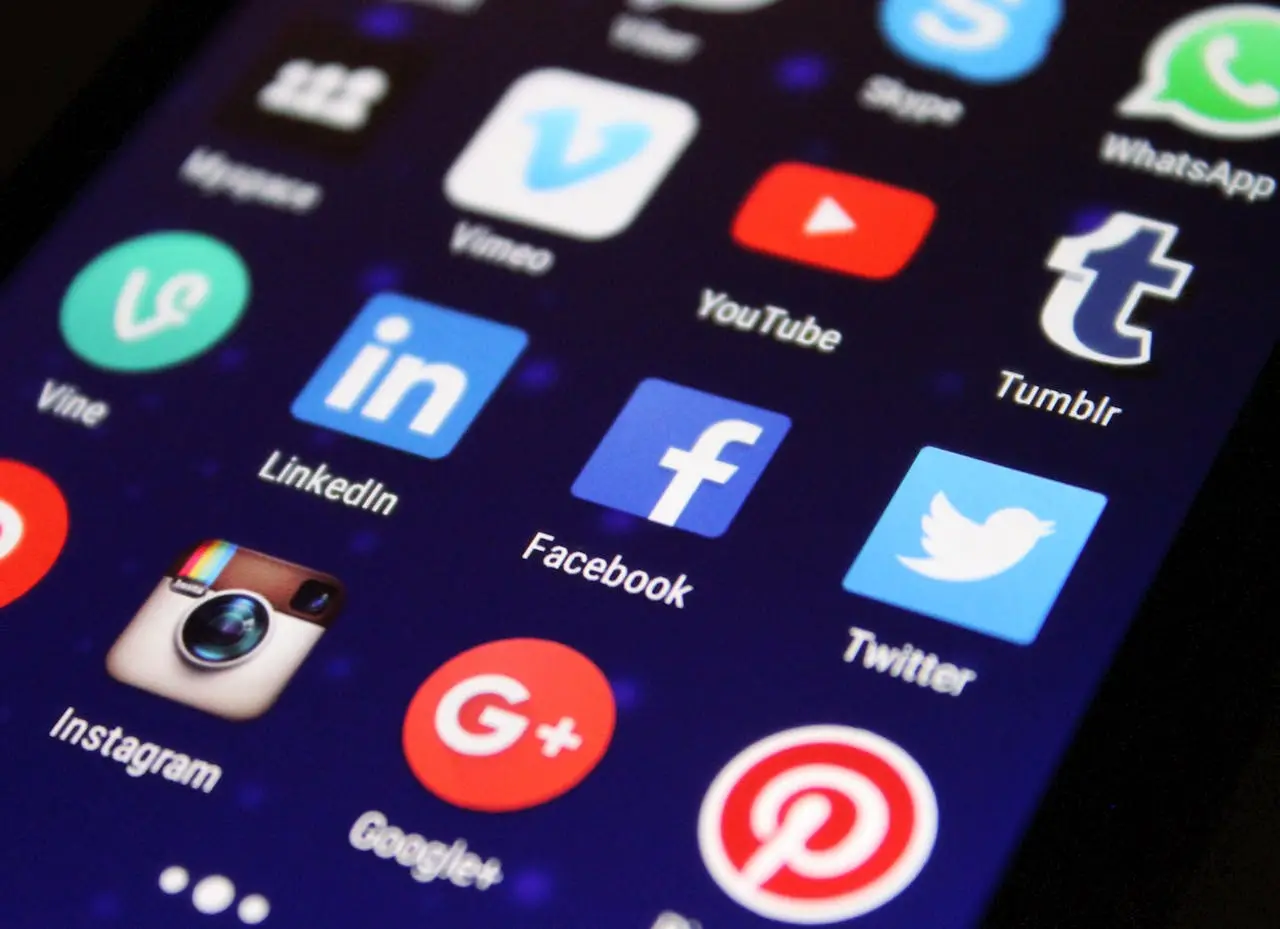Listen to article
In today’s competitive business environment, understanding where marketing costs are heading is crucial for staying ahead. With budgets constantly under scrutiny, businesses need to be strategic about where they allocate their resources to maximize returns. But with an ever-changing digital landscape, keeping those costs under control is easier said than done.
One of the biggest concerns for businesses right now is the increasing cost of marketing. From paid advertising to content creation, expenses are creeping up across various channels. So, where are these rising marketing costs most prominent, and where can businesses find cost-effective alternatives?
In this article, we’ll dive into the key areas where marketing expenses are on the rise, from search and social media advertising to mobile and video marketing. We’ll also explore the factors driving these costs and offer actionable insights on how to optimize your budget for better ROI.
Comparing CPC on Facebook and Google Ads: What the Numbers Reveal
Allocating budgets smartly between advertising platforms is no longer just a best practice—it’s essential in today’s hyper-competitive marketing landscape. With Facebook and Google Ads dominating the digital ad space, understanding the nuances of cost-per-click (CPC) trends across these platforms can provide a strategic edge. From industry-specific variations to platform-wide trends, these insights empower marketers to optimize both spend and ROI.
- The average CPC for Facebook ads is $1.86. Source
- Google Ads have an average CPC of $2.69 for search ads and $0.63 for display ads across all industries. Source
- Within Google’s Display Network, the travel and hospitality sector boasts the lowest average CPC at $0.44. Source
- Conversely, the dating and personals niche experiences the highest average CPC on Google’s Display Network, reaching $1.49. Source
Takeaway: Strategic Budget Allocation Matters More Than Ever
Analyzing CPC data reveals a critical takeaway for marketers: no single platform is inherently better—it’s all about aligning your strategy with your industry, audience, and campaign objectives. For industries like travel, the cost-effectiveness of Google’s Display Network is a strong draw, while Facebook’s relatively low CPC offers broader accessibility for many businesses. However, with CPC rates varying widely by industry and platform, regularly reassessing performance is key to ensuring you’re getting the most bang for your buck in light of rising marketing costs.
In today’s data-rich environment, B2B marketers face increasing pressure to demonstrate the value of their spending. This scrutiny means optimizing marketing budget efficiency is more critical than ever. It’s no longer enough to simply allocate funds; marketers must understand which channels and strategies deliver the best ROI. Is your investment in content marketing paying off? Are you maximizing the potential of SEO compared to PPC? And where does mobile marketing fit into the mix?
This article dives deep into the latest stats and trends to help you make informed decisions about your marketing spend. We’ll explore everything from content marketing ROI in B2B sectors to the debate between organic and paid search, providing actionable insights to boost your marketing budget efficiency.
Pro Tip:
Diversify your spend across platforms and experiment with ad types (e.g., display vs. search) to find the right balance. Use A/B testing to refine targeting and messaging, and consider automation tools like Google’s Smart Bidding or Facebook’s Advantage+ to dynamically manage your budget for better ROI.
The High Stakes of Cost-Per-Click: Industry Insights
In the world of digital advertising, not all clicks come at the same price. The cost-per-click (CPC) is heavily influenced by industry dynamics, competition, and customer lifetime value, making it a vital metric for marketers to track. As CPC rates climb in certain sectors, businesses need to adapt their strategies to maintain profitability while staying competitive in bidding wars for high-value keywords.
- The financial services sector remains fiercely competitive, with loan-related keywords commanding around $44.28 per click. Source
- Legal services exhibit some of the highest CPCs, often exceeding $100 per click, a testament to the premium value of acquiring legal clients. Source
- Keywords for lawyers average $42.51 per click, while credit-related terms hover around $36.06. Source
- In May 2023, the U.S. legal services industry saw the highest average monthly CPC at $6.83 via Google Ads, in stark contrast to France at just $0.34. Source
- Online education topped the charts in May 2023 for Google’s display network, with an average CPC of $9.95, while electronics advertising stayed the most budget-friendly at $0.68. Source
- The legal industry also maintains the highest CPC for Google Ads search at $9.21 per click. Source
- On the opposite end, real estate and arts/entertainment enjoy lower average CPCs on Google Ads at $1.55 each. Source
Takeaway: Optimize for Strategic ROI
CPC trends clearly display a tale of two extremes: industries like law and financial services grapple with staggering ad costs, while sectors like entertainment and real estate enjoy a more budget-friendly playing field. These differences demand not just monitoring but proactive adjustments in marketing strategy. High-CPC industries should invest in refining their bidding tactics with hyper-focused keyword targeting and high-performing landing pages. Meanwhile, less competitive sectors have room to experiment with broader, creative campaigns that amplify reach without exhausting budgets.
Pro Tip:
For high-CPC industries, don’t rely exclusively on paid search—consider diversifying into lower-cost channels like organic content marketing or social ads to balance your overall customer acquisition costs. Tools like SEMrush, Ahrefs, and Google’s Keyword Planner can help you uncover cost-effective keyword opportunities tailored to your niche.
Where Advertising Dollars Are Gaining Momentum in Digital Channels
In the fast-paced world of digital marketing, the allocation of ad dollars is not just a reflection of current trends but a window into the future of consumer engagement. Search and social media advertising continue to dominate as key investments, showcasing their ability to drive visibility and conversions. Meanwhile, platforms like YouTube and Reddit are emerging as formidable contenders, offering marketers new ways to connect with niche and engaged audiences. As competition intensifies, understanding where costs are rising can help marketers prioritize high-ROI opportunities.
- Global search advertising spending is projected to reach $190.5 billion by 2024. Source
- In the U.S., ad spending in the search advertising sector is expected to hit $118.2 billion in 2025. Source
- B2B organizations allocate approximately 15% of their marketing budgets to SEO—surpassing their investments in AI chatbots (12%) and video marketing (9%). Source
- Total spending on social media advertising reached $270 billion in 2022. Source
- Pinterest is set to generate $2.91 billion in U.S. ad revenue by 2025. Source
- Reddit experienced a 50% year-over-year boost in both revenue and user base in Q2 2024, underlining its potential as an advertising powerhouse. Source
- “+Reddit” was appended to 32 billion Google searches in the last year, highlighting its role as a trusted source for product reviews. Source
- YouTube ad revenues saw a 7.8% year-over-year increase, whereas Google Network ad revenues declined by 4.5%. Source
Key Insights: Finding the Sweet Spot in Ad Spending
The trends are clear: search and social media advertising are not just indispensable tools but competitive arenas where strategic budget allocation can make or break campaigns. Platforms like YouTube, with its surging ad revenue, and Reddit, with its rapidly growing user base and influence, present golden opportunities for brands looking to diversify their digital strategies. However, as costs rise, marketers must focus on precision targeting and data-driven insights to ensure every dollar spent delivers measurable results. Emerging platforms like Pinterest and Reddit should not be overlooked, especially for niche campaigns where authenticity and community engagement are paramount.
Pro Tip:
To maximize your ROI, test advertising across multiple platforms while leveraging audience-specific insights. Invest in A/B testing for creative formats, explore untapped platforms like Reddit, and monitor cost-per-click trends to stay competitive. In highly saturated landscapes, even small optimizations in targeting or ad placement can yield significant returns.
Mobile Advertising: The Powerhouse of Marketing Budgets
As consumers spend more time on their smartphones, mobile advertising has cemented itself as a cornerstone of modern marketing strategies. The rapid adoption of mobile-first behaviors, combined with the explosive growth of short-form video content, is driving significant investments in mobile ad campaigns. This trend isn’t just a passing phase—it’s a clear signal that marketers must adapt quickly or risk falling behind.
- Global spending on mobile advertising is projected to reach $402 billion in 2024, marking an 11% increase from the previous year, largely driven by short-form video content. Source
- In the U.S., mobile ad expenditure is anticipated to exceed $216 billion in 2024, up from $194.8 billion in 2023, demonstrating an 11.1% growth rate, slightly slower than the 14.5% growth seen in 2023. Source
- By the end of 2024, global mobile ad spending is forecast to reach approximately $399.6 billion. Source
The takeaway is clear: mobile advertising is no longer just an option—it’s the backbone of effective marketing strategies. The rising costs reflect the channel’s ability to deliver unparalleled reach and engagement, especially with formats like short-form video resonating with mobile users. For businesses, this means doubling down on mobile-first campaigns and embracing creativity to stand out amidst the competition.
To maximize returns on mobile advertising investments, businesses may also consider integrating full-service marketing approaches. These comprehensive solutions help streamline efforts across various digital channels, ensuring that campaigns remain cohesive, scalable, and data-driven. To elevate your mobile ad strategy, leverage tools such as A/B split testing and audience segmentation. Pair this with data-driven insights to craft personalized, dynamic ads that captivate users in mere seconds.
Strategic Investments in B2B Content and Email Marketing
Marketing budgets are often a mirror of industry priorities, and the B2B landscape is no exception. Companies are doubling down on areas that deliver measurable ROI and foster long-term relationships—namely, content and email marketing. These tactics aren’t just foundational; they’re evolving to meet higher expectations for personalization, relevance, and value. As the data reveals, many businesses are making significant shifts in their spending to stay ahead.
- 45% of B2B companies plan to increase their content marketing spending in the next year, while 42% aim to maintain their current budgets. Source
- Just 6% of B2B companies are reducing their content marketing budgets, with 7% remaining undecided. Source
- 40% of B2B marketers intend to ramp up their email marketing budgets. Source
Takeaway: Why Investing in These Channels is Non-Negotiable
The rising budgets for content and email marketing are less a trend and more a necessity in a crowded digital ecosystem. With decision-makers craving high-value insights and hyper-relevant communication, B2B marketers are aligning their budgets accordingly. However, as competition increases, simply spending more isn’t enough. To truly capitalize on these investments, brands must focus on quality execution—leveraging data to craft personalized campaigns, experimenting with innovative formats, and optimizing for engagement at every touchpoint.
Pro Tip:
Elevate your content and email marketing success by combining analytics with creativity. Identify what resonates most with your audience, then iterate and refine. Tools like Google Analytics, HubSpot, and Mailchimp can offer deeper insights into your campaign performance, helping you channel your growing budget toward what truly drives results. For businesses looking to scale their efforts efficiently, outsourcing email marketing can be a strategic way to access expertise and streamline processes.
LinkedIn: Driving B2B Marketing Investment
As the epicenter of professional networking, LinkedIn continues to set the standard for B2B marketing. With its unparalleled ability to connect industry professionals, foster thought leadership, and drive high-quality leads, it’s no surprise that marketers are increasingly allocating larger budgets to this platform. However, growing recognition of LinkedIn’s value is intensifying competition, which could lead to rising costs for both paid campaigns and organic content strategies. Understanding its critical role in B2B marketing is essential for staying ahead of the curve.
- 85% of B2B marketers identify LinkedIn as the most valuable social media platform for their organization. Source
- 84% of B2B marketers say LinkedIn provides the most value among all social media platforms. Source
LinkedIn’s role as a must-have tool for B2B marketers is cemented by its ability to deliver unparalleled results in lead generation, brand visibility, and engagement. But as more brands pour resources into the platform, costs are poised to increase. To make every dollar count, B2B marketers need to look beyond ad spend; the focus should shift to leveraging LinkedIn’s true strengths—hyper-targeted campaigns, educational content, and strategic networking that engages users authentically. By leaning into these strategies, businesses can not only manage costs but also amplify their ROI in a crowded digital landscape.
Pro Tip:
Maximize LinkedIn’s potential by optimizing your LinkedIn page for search with relevant keywords, posting engaging thought leadership content, and using LinkedIn Analytics to refine your approach. Tools like LinkedIn Campaign Manager can help you target decision-makers with laser precision, ensuring that your spend aligns with your business goals.
The Potential of Video Ads on Twitter
As marketers navigate the challenge of rising digital ad costs, video content has emerged as an essential tool for driving engagement without breaking the bank. On Twitter, the fast-paced, conversational nature of the platform makes it a prime space for video campaigns to thrive. The key lies in maximizing cost-efficiency while delivering content that resonates with users in a matter of seconds. By understanding how Twitter’s video ad formats can reduce costs and amplify impact, marketers can tap into a strategy that delivers both high engagement and high ROI.
- Promoted Tweets that include videos can reduce the cost-per-engagement by over 50%. Source
Twitter’s video-friendly environment presents a golden opportunity to stretch marketing budgets further without sacrificing performance. With users increasingly drawn to visual storytelling, videos not only cut engagement costs but also help brands connect with audiences on a deeper level.
Pro Tip:
When creating video ads for Twitter, focus on grabbing attention within the first few seconds. Pair bold visuals with concise captions and a direct call-to-action to drive clicks. Additionally, ensure your videos are optimized for mobile, as Twitter usage is heavily mobile-dominant.
Conclusion
Rising marketing costs are reshaping how businesses allocate their budgets, pushing marketers to be more strategic than ever before. From the evolving CPC trends on platforms like Facebook and Google to the surging investments in mobile and content marketing, it’s clear that a smart approach to budget optimization is critical. Industries like finance and law face steep CPCs due to fierce competition, while platforms like LinkedIn and Twitter offer unique opportunities to maximize ROI through targeted content and video strategies.
As digital advertising continues to grow, so do the opportunities for businesses to adapt and innovate. Whether it’s harnessing the power of short-form video for mobile audiences or finding cost-effective strategies on emerging platforms like Reddit, staying informed is the key to staying ahead.
Ready to make every marketing dollar work harder? Our expert PPC services help you navigate rising costs with data‑driven strategies, smart bidding, and continuous optimization—so you can achieve maximum ROI on platforms like Google, Facebook, LinkedIn, and beyond. Let’s build campaigns that turn ad spend into measurable growth.
About Creating Rising Marketing Costs and How to Control Your Spend
This guide was written by the Scopic Studios team and reviewed by Araksya Hakobjanyan, SEO Lead at Scopic Studios.
Scopic Studios delivers exceptional and engaging content rooted in our expertise across marketing and creative services. Our team of talented writers and digital experts excel in transforming intricate concepts into captivating narratives tailored for diverse industries. We’re passionate about crafting content that not only resonates but also drives value across all digital platforms.
Note: This blog’s images are sourced from Freepik.




























